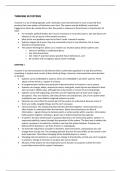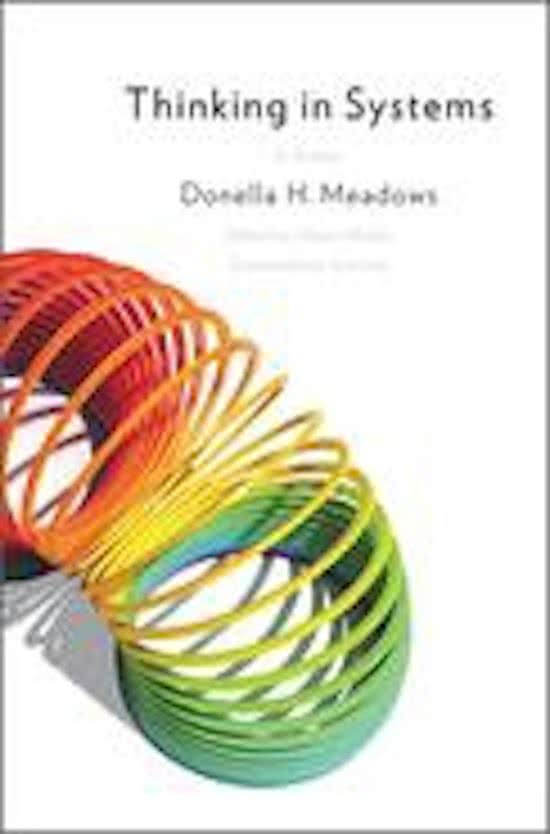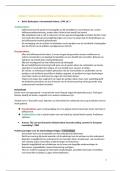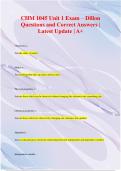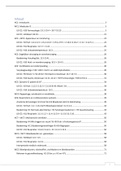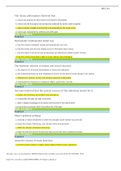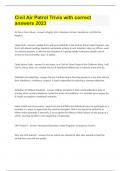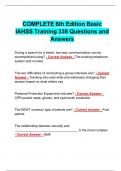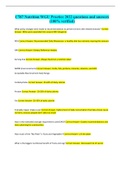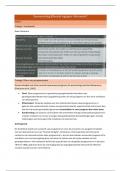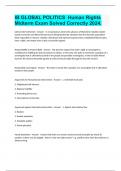Samenvatting
Samenvatting Thinking in Systems - Project Responsible Organisation 2
- Instelling
- Radboud Universiteit Nijmegen (RU)
- Boek
- Thinking in Systems
Samenvatting van het boek 'Thinking in Systems'. Hoofdstuk 1 t/m 6. Meadows, Donella H. (2008) Thinking in Systems – A Primer. Chelsea Green Publishing, White River Junction, ISBN: 978-1-60358-055-7
[Meer zien]
